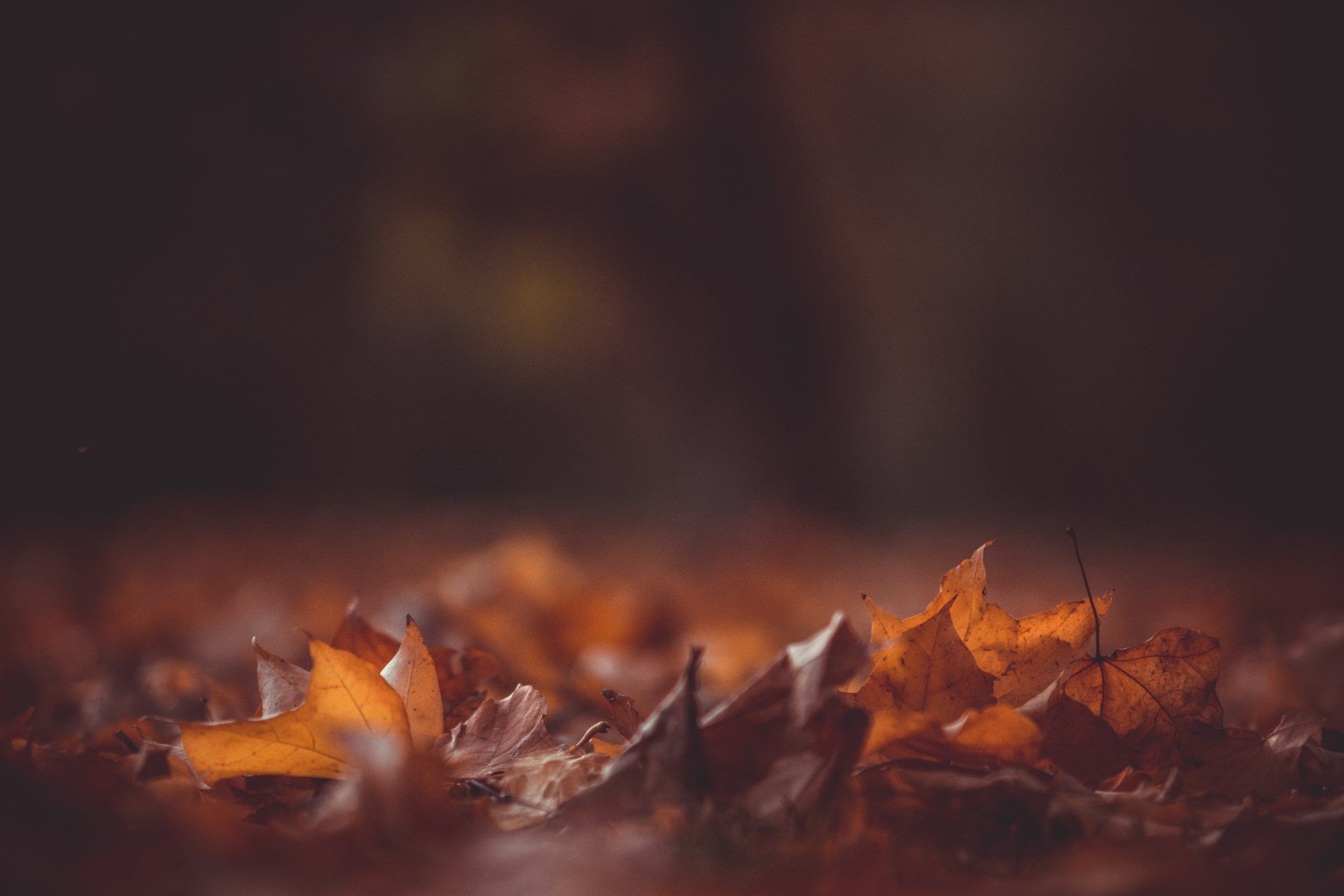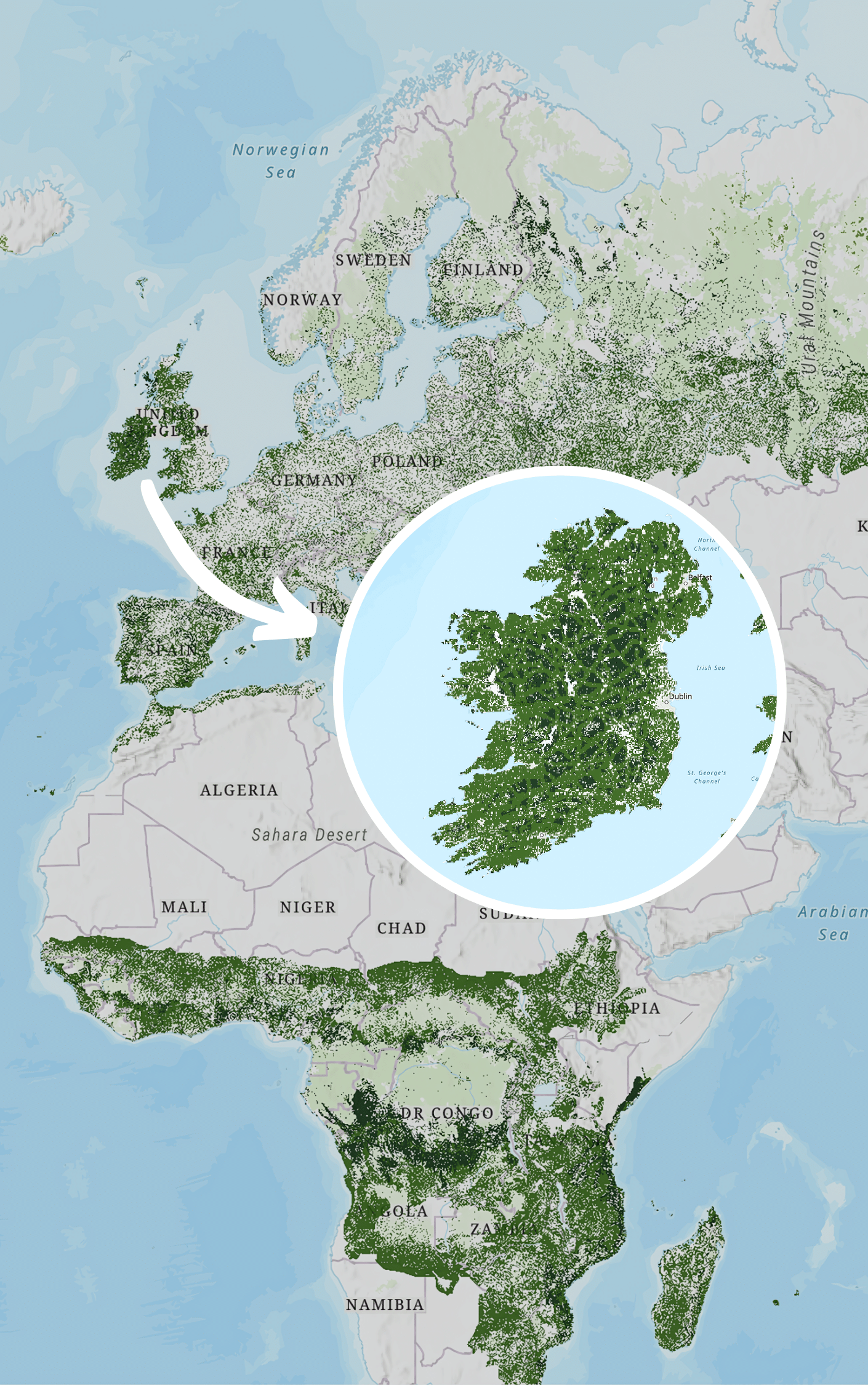
Ireland’s Forest History
A Legacy of Loss, Cultural Identity, & Our Deep Connection to the Land
Our Lost Ecosystem
Historically, close to 100% of Ireland was covered by forest, integral to our ecological and cultural heritage. Yet, over the centuries, agricultural expansion, industrialisation, and population growth led to a dramatic removal of almost al our native forests. Today, only about 2% of Ireland’s native woodlands remain, impacting not just our landscape but also our biodiversity, water resources, and ties to the land.
A People Without it’s Forest
We (The Irish) Are The Gaol’s (The Forest People).
Long ago, amidst the whispering leaves and dappled sunlight of the Emerald Isles forest, the Gaelic tribes thrived in harmony with the land. Their name, “Gael,” derived from the Old Irish word “Goidel,” meaning “wood” or “forest,” spoke volumes about their roots in the natural world. For the Gaels, the forest was not merely a backdrop to their lives but a sacred sanctuary, a source of sustenance, shelter, and spiritual nourishment.
As the Gaels roamed the wilds of ancient Ireland, their lives intertwined with the rhythms of the forest, shaping their culture, customs, and language. It was amidst the rustling leaves and towering trees that the Gaelic alphabet, Ogham, took root, its characters inscribed upon wooden staves, echoing the whispers of the woodland spirits.
But the bond between the Gaels and the forest ran deeper still. In the heart of the woodlands, they found solace and strength. Legends tell of druids communing with the spirits of the trees, warriors seeking counsel from the ancient elders, and poets finding muse amidst the rustling leaves.
We find ourselves in a world vastly different from that of our ancestors. Through Reforest Nation, we aim to rekindle the bond between people and the land by restoring the native woodlands that have shaped our heritage.
Wildlife of the Irish Forest
Past and Present
Ireland’s Forest Decline
The Good News, Irelands Reforestation Potential
Ireland has the highest reforestation potential of any country for its size, thanks to its temperate climate and changing land use. The decline in traditional farming, driven by an aging population and lower profitability, has freed up more land for forest restoration. This opens a unique chance to restore Ireland’s landscapes and improve its ecological health. Reforest Nation is using this potential by expanding tree-planting projects across the country. With innovative methods and a focus on restoring native woodlands, we’re transforming available land into thriving ecosystems, revitalising Ireland’s natural heritage, and building a more sustainable future. For a closer look at how we’re restoring Ireland’s forests, click here.
This map from the World Wildlife Fund highlights Ireland as the global leader in reforestation potential.
Nature Blog
Our Insights on Nature and Environment
Transparency
How We Operate And Invest Funds
How We Plant
Our Reforestation Approach Explained























